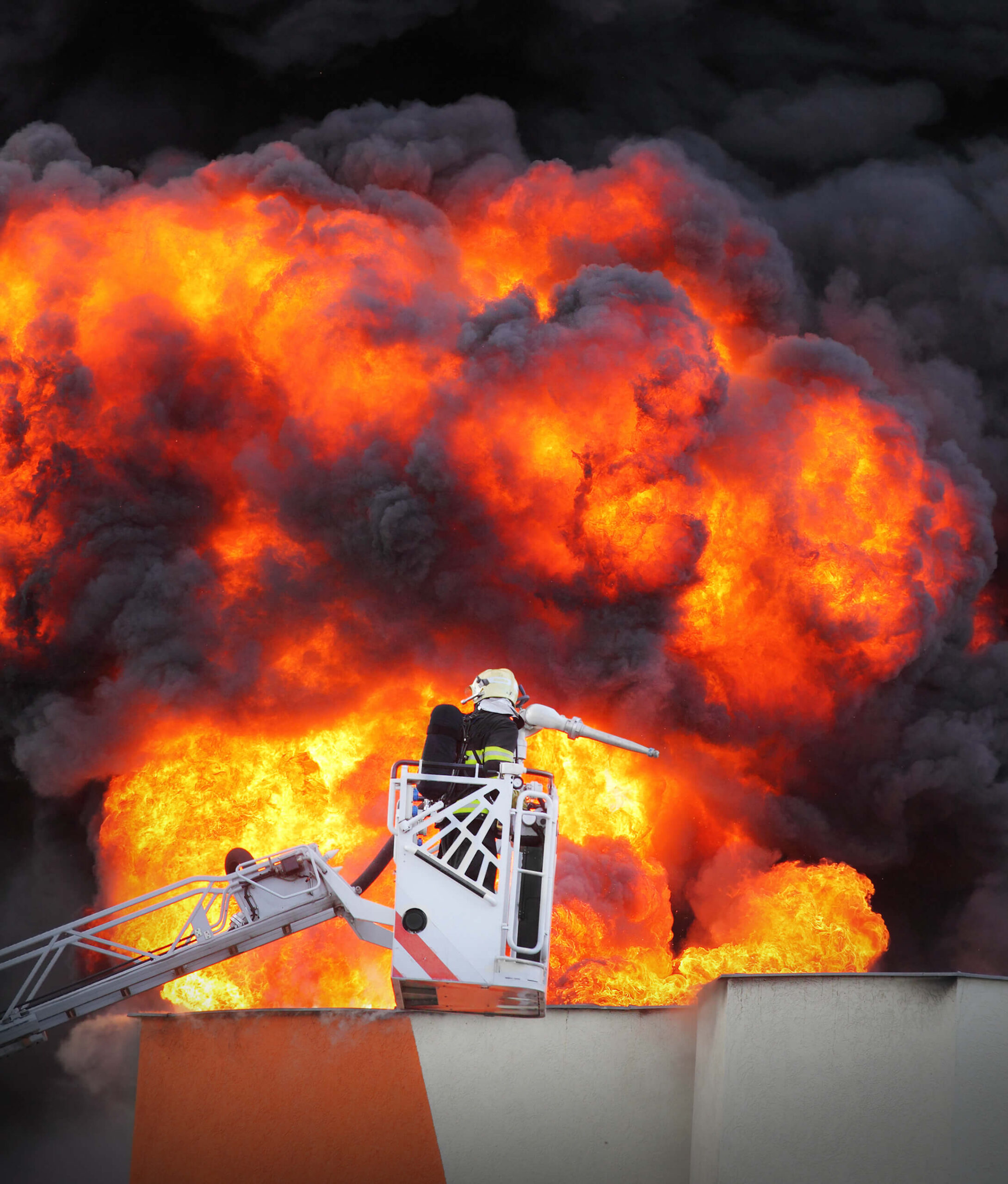
Understand the requirements of NFPA standards on combustible dusts; learn what you need to do to become (and remain) compliant.
Welcome to our specialized in-company training course on Dust Fire and Explosion Identification, Assessment, Prevention, and Protection, tailored to meet the unique needs of your organization. This course is designed for those in your organization whose work directly or indirectly intersects with ensuring safety from dust fire, flash fire, and explosion hazards, and compliance with industry standards such as NFPA 652 and the forthcoming NFPA 660. If your company has initiated a Dust Hazards Analysis (DHA) or is in the process of updating these critical evaluations, this training is an invaluable resource.
Delivered directly to your team by our senior combustible dust specialists, this course focuses on all aspects of a DHA and practical application of DHA recommendations within your operational context, providing cost-effective solutions and clear guidance on compliance requirements. We will explore the interpretation of dust explosion laboratory results, helping your team understand their implications and the necessary steps for effective control of dust explosion risk.
Background to NFPA 652 and NFPA 660
The National Fire Protection Association’s (NFPA) 652: ‘Standard on Fundamentals of Combustible Dusts’ is a key document that outlines general requirements for managing combustible dust fire and explosion hazards. This standard, along with various industry-specific or commodity-specific NFPA codes and standards, forms the backbone of dust explosion prevention and protection strategies across North America. However, the application and interpretation of these standards to real plant operations pose significant challenges. Moreover, with evolving standards such as NFPA 660, staying compliant requires ongoing education and adaptation.
Our NFPA 652/660 training course is designed to provide your organization with the necessary knowledge and tools to align with NFPA dust explosion standards and adopt industry best practices. By participating in this training, your team will gain the expertise needed to navigate, implement and maintain good dust explosion prevention and protection measures at your facility.
Sample Course Content (tailored to meet your needs)
Course content and duration can be tailored for content to meet your organization’s operations and existing levels of experience/ expertise around a framework of:
Course Content
- The fundamentals of dust fires, flash fires, and explosions and how they arise in industrial processes.
- Dust explosion laboratory tests and how to use the results.
- Dust Hazard identification and assessment techniques.
- Explosion prevention techniques, including control of hazardous dust accumulations and dust cloud formations, housekeeping, and ignition source management, including electrostatic discharges, electrical arcs and sparks, and self-heating.
- Explosion protection techniques, including explosion relief venting, explosion suppression, and explosion isolation – and how they are used in practice.
- Preparation and content of the Dust Hazards Analysis (DHA).
- Risk management and communication of the hazards.
- Case histories to bring the theory to life.
- Video material to enhance participants understanding of the hazard.
- Questions and Answer sessions.
- Subject knowledge test (available on request).
Learning Objectives
- Understand the requirements of NFPA standards for the management of combustible dust fire and explosion hazards and what’s involved in the preparation of a “Dust Hazards Analysis (DHA)” that targets explosible dust issues.
- Understand how dust explosion hazards are identified and can be mitigated with appropriate explosion prevention and protection techniques.
- Understand the changes that are planned to NFPA combustible dust standards, including NFPA 660.
- Understand the written management programs that are required for the safe operation of your facility and equipment.
Course Duration
The duration of this course is typically one (1) day but can be adjusted to meet the specific needs of your organization. For example, the course could be expanded to include workshops and specific examples from your own operations and processes.
Who should attend
This course on dust explosion standards is ideally suited for those employees involved in processes and operations involving powders and combustible dusts. It is particularly beneficial for Safety Managers, Process Engineers, Operators, and Supervisors who participate in plant operations. By attending this course, employees will be equipped with the necessary tools and knowledge to effectively manage and mitigate risks associated with combustible dust in their workplaces.











